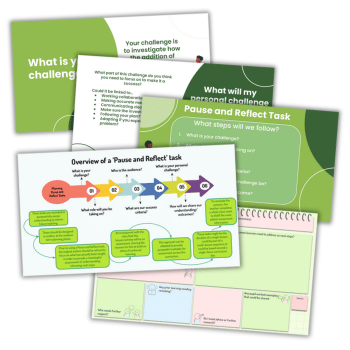PDFs including overview, task planning guides, whole-class feedback sheet and examples
KS1, KS2
Years 1-6
Marc Bowen explains how to plan and carry out purposeful pause and reflect activities for whole-class assessment…
Download a detailed case study, with a comprehensive selection of example assessment documents, at the top of this page.
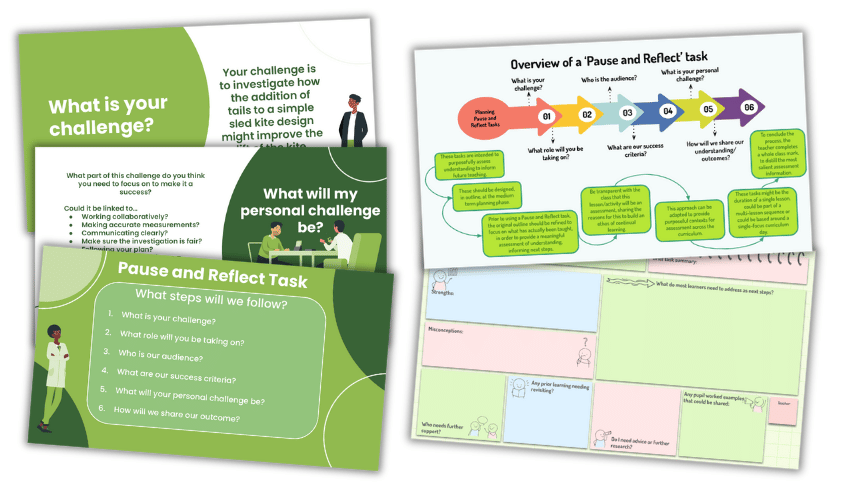
Pause and reflect meaning
Over 25 years of teaching, I’ve seen many different assessment systems come and go. Some have been faddish inspector-pleasers and others genuinely contributed to the development of the learner.
Recently, I’ve found that using pause and reflect tasks with my class has reinvigorated my approach to assessment.
Purposefully integrating them into my teaching offers a holistic insight into the development of the children in my class.
You can perform pause and reflect at an individual, group or whole-organisation level. You can carry it out in a variety of ways, but essentially it involves an ongoing process of:
- Reflecting on existing practice, assessing pupil performance, and identifying areas for improvement
- Planning and implementing changes
- Reviewing the changes and the effect they have had
- Identifying what has been learned from the changes made and their effects
- Repeating the previous steps
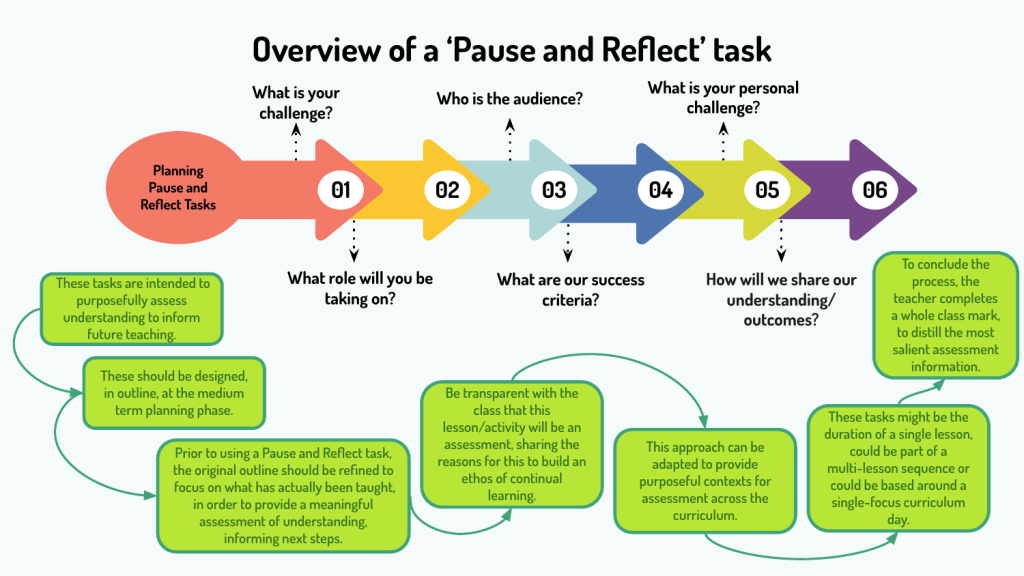
What’s the point of pause and reflect?
For pause and reflect tasks to be most effective, it’s important that you consider and plan for them at a medium-term level.
This means that they have a genuine purpose within the sequence of learning activities. This makes them more meaningful for the learners and easier to integrate into an already busy curriculum timetable.
In the development of a pause and reflect task, we should consider it both from the point of view of the children, as the active participants, and ourselves. What do we want or need to achieve from the changes made?
When you are assessing their performance, pupils need to understand why they are engaging with this task. Meanwhile, you must be clear about what form of understanding you are hoping to assess.
Having this level of clarity from the outset is essential. Understanding can only be assessed by the children purposefully engaging with an experience that produces an output that you, the teacher, can observe.
Thinking about Stage 1 of the process as ‘What is your challenge?’ forces you to be clear about your goals. In turn, this makes it clear to the learners.
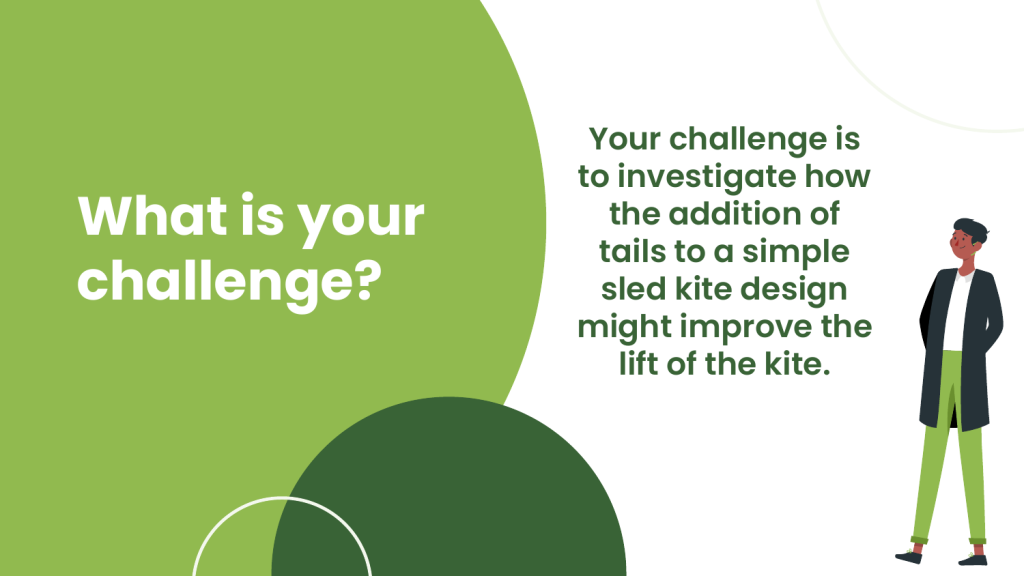
Role to play
With this type of low-stakes assessment, it’s important that all children are actively and consistently engaged with the assessment task.
Within my classroom, it is now common parlance to hear the children talking about activities not having any ‘passengers’.
This means that everyone should have a role to play and make an active contribution to the tasks at hand, to the extent that their individual ability and needs will allow.
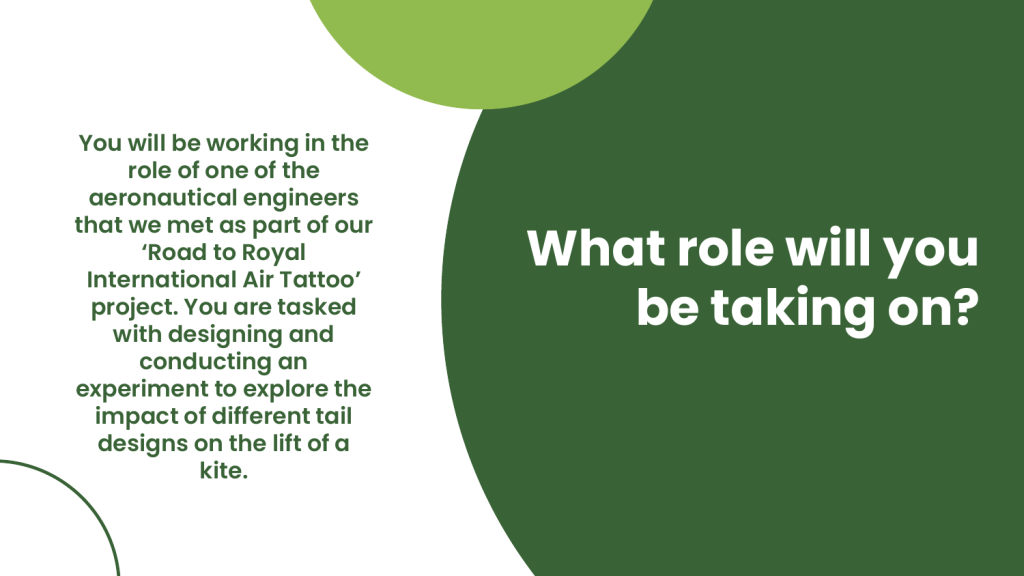
By defining the learners’ role/s within the assessment activity, it also strengthens the purpose of the task. It helps to place it within a meaningful and, ideally, real-world context.
Working in this way also brings an additional, longer-term benefit. It introduces children to a diverse range of possible career routes.
This can help to open up aspirations for the future and inspire ambition for their next steps. Subsequently, this leads to greater engagement with learning.
This is because they now see that these experiences are purposefully working towards their own personal goals, rather than just something the teacher is asking them to do for their own ends.
You might assign the roles within the pause and reflect task uniformly to all pupils. However, assigning unique roles to specific children can also allow you to go a little deeper with your individual assessments.
Who is the audience?
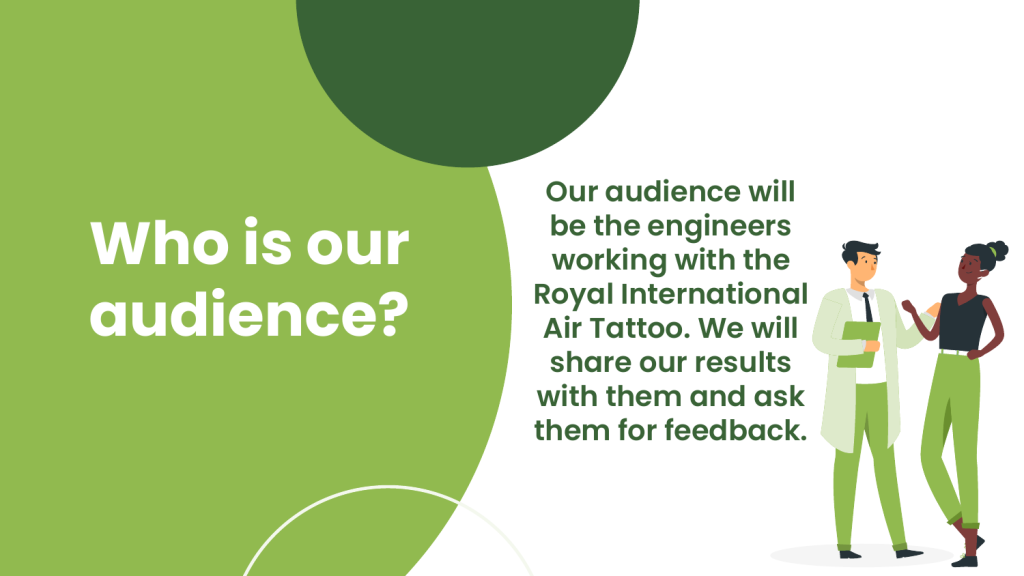
In the real world, it’s always helpful for us as adults to understand the audience we are working to address. This informs the purpose of the task overall.
Having an awareness of the intended audience for their assessment tasks will also support children to remain focused on the ‘why’ of what they are doing.
As long as there is a meaningful link to the purpose of the assessment activity, the audience could range from younger peers to notable public figures.
What are the success criteria?
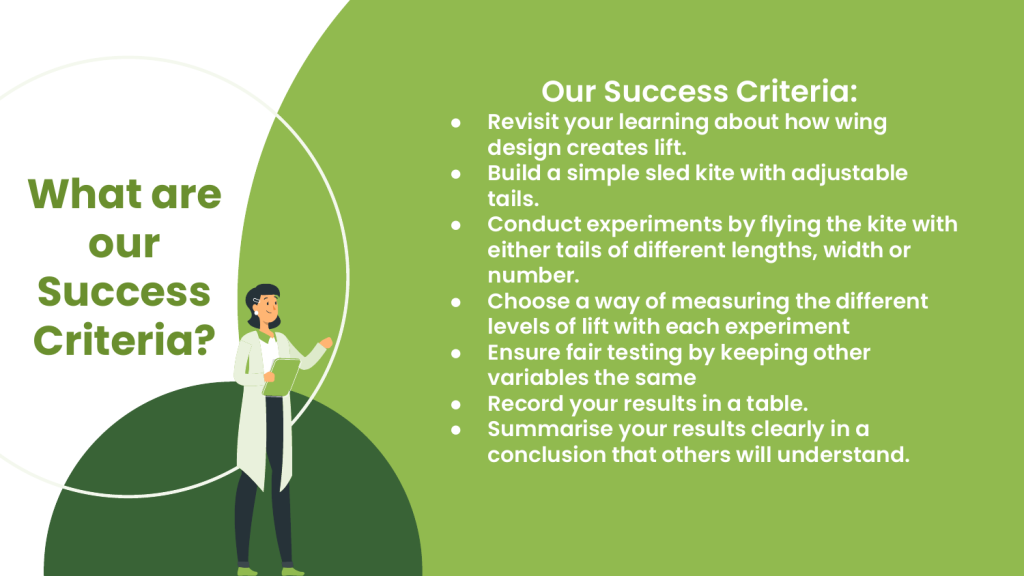
The inclusion of the success criteria is the point at which we can clearly and precisely define what we are looking for during the assessment activity.
On that point, it is also important that we communicate openly with learners that this task is part of an assessment process.
The goal of this open dialogue is to help pupils understand that assessment is an everyday component of the learning experience.
It’s not a high-stakes test, or something they need to do on their own without support. It is simply an exchange of information and experience between teacher and class.
This stage is also most effective when you co-construct the success criteria with children. This ensures that they understand what the expectations are.
This is so that they can effectively work towards demonstrating their understanding. By developing these collaboratively, through discussion, it can also help learners see how you are building their prior learning experiences into the pause and reflect task.
Personal target setting
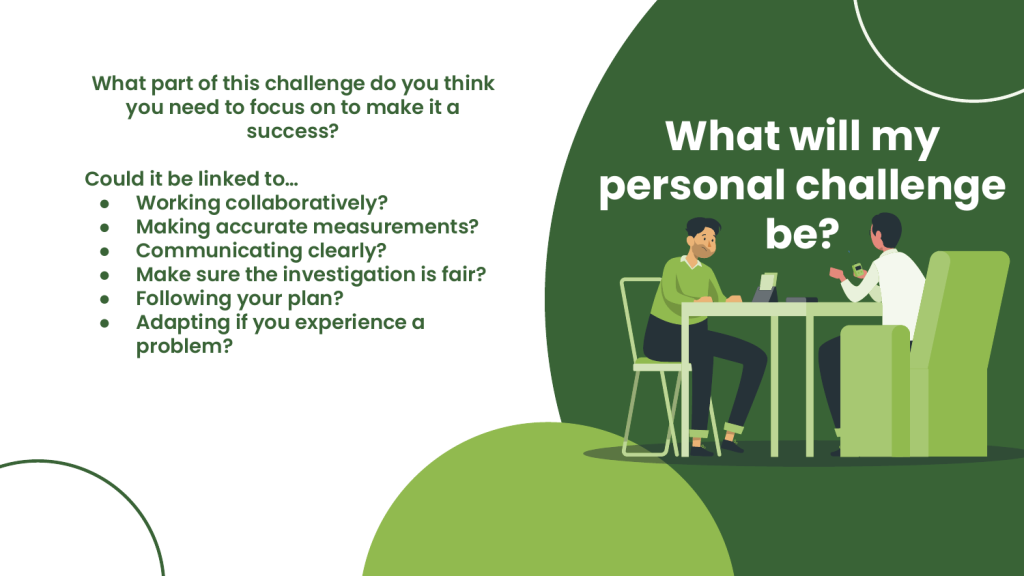
A further element of the success criteria, which can also lead to greater learner involvement, is the inclusion of personal target setting.
This might relate to a specific aspect of the success criteria that the children have been working to improve.
Alternatively, it might relate to a meta-cognitive focus, such as demonstrating resilience in their learning or taking time to edit and refine their responses.
Sharing learning
As mentioned previously, the only way to effectively assess children’s understanding is to give them an opportunity to tangibly demonstrate what they understand about a topic, concept or skill.
Regardless of the context, pupils must have a clearly defined outcome for their learning. You will need this final ‘output’ to effectively complete the holistic assessment that should result from the pause and reflect approach.
Starting the process
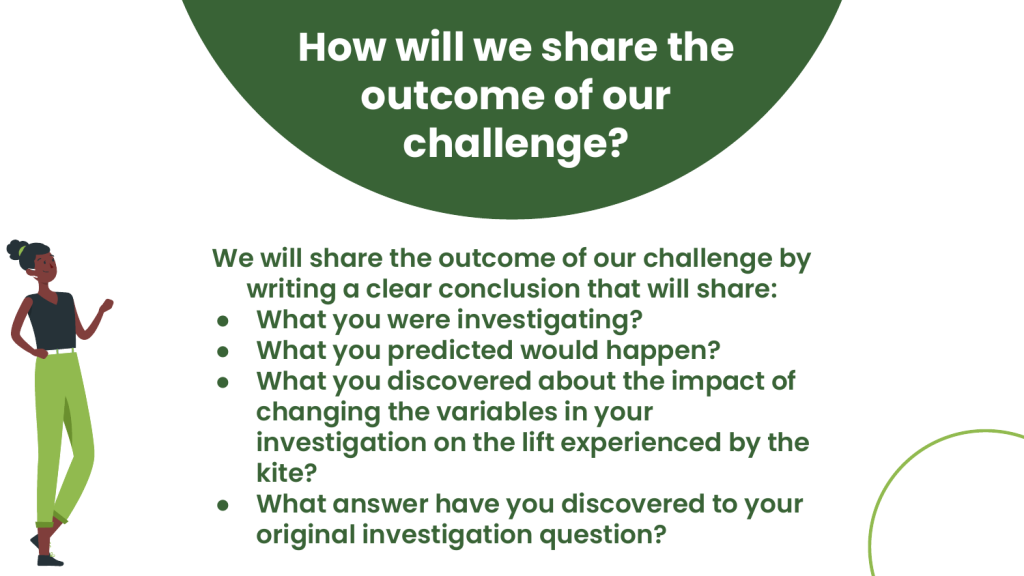
Once the children are working independently on the assessment task, you can begin the first of two stages of the assessment process.
Use the whole-class feedback sheet (included in the download at the top of this page) as a purposeful scribble space – and be all eyes and ears!
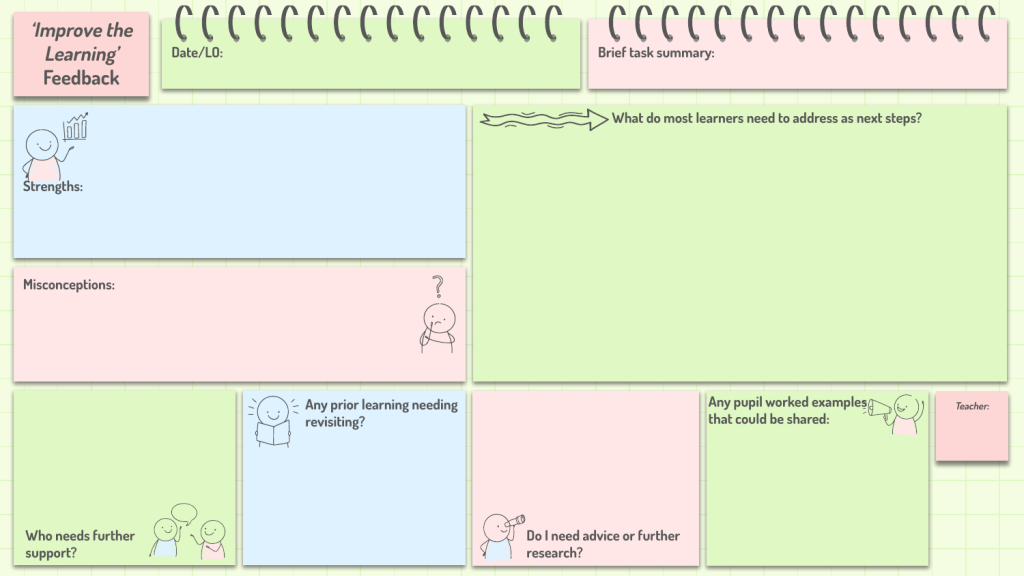
The whole-class feedback sheet is a place to capture simple but meaning-laden notes on anything that relates to the overall assessment, which can only be seen from the practical element of the assessment task.
When engaging in dialogue with individuals or groups, you can also note down:
- evidence of strong conceptual understanding
- misconceptions that you need to address immediately
- aspects of learning that you might need to revisit in the future
Whole-class marking
Once pupils have finished the assessment task, it’s time to complete a more formalised ‘whole class mark’.
This stage offers a useful way of balancing teacher workload against the impact of the assessment activity.
Rather than individually marking each piece of written work or providing digital feedback to a multimedia product, you’ll spend time looking in detail at each piece.
While doing so, note down on the whole-class feedback sheet any common strengths, issues or next steps that emerge from the task overall.
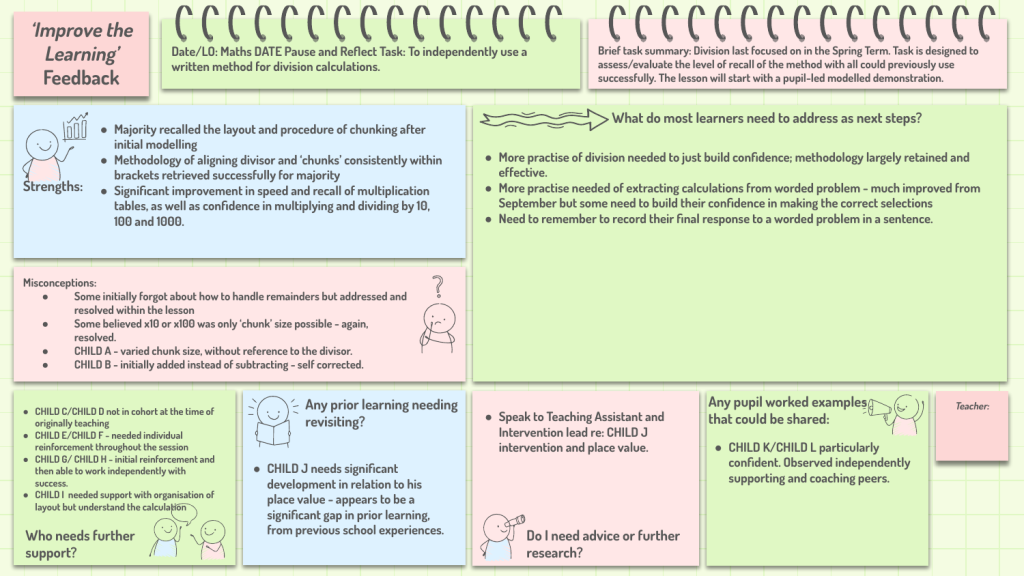
This may include ‘remarking on the remarkable’ (capturing specific assessments for individuals) while also gaining a more generalised view of the progress of the class as a whole.
How you capture the outcomes of this process will depend on your individual setting and the regional/national procedures in place for the profession.
Comparative judgement
In my setting, we complete a comparative, colour-coded assessment of each individual against the original learning objective/success criteria for the pause and reflect task.
The comparative process involves simply sorting the learner ‘work’ into four groups, ranging from those who have only partially met the goals of the assessment, to those who may have exceeded expectations.
You can then give children individual verbal or written feedback through a ‘learning conference’ process, or assign them a numbered level or grade for each outcome.
Many assessment providers are using AI to develop tools that will support teachers in quickly and efficiently making these comparative judgements.
This could ultimately replace the traditional (and sometimes contentious) moderation and standardisation processes which we commonly find in primary settings.
In conclusion
Following the completion of a pause and reflect task, you should be left with:
- a detailed insight into the level of pupils’ understanding
- specific goals for individual learners
- a clear direction for the class as a whole
Pupils should come away from the experience feeling that they have actively engaged with a purposeful learning activity.
From my first-hand experience of developing and trialling this approach, I can confidently say that the assessment activities themselves, and the outcomes that result from them, have provided me with some of the most useful, powerful and purposeful insights into the children in my class that I have ever encountered.
Who knew that teachers could actually enjoy assessments?
Marc Bowen is a deputy head and primary teacher in South Wales.
